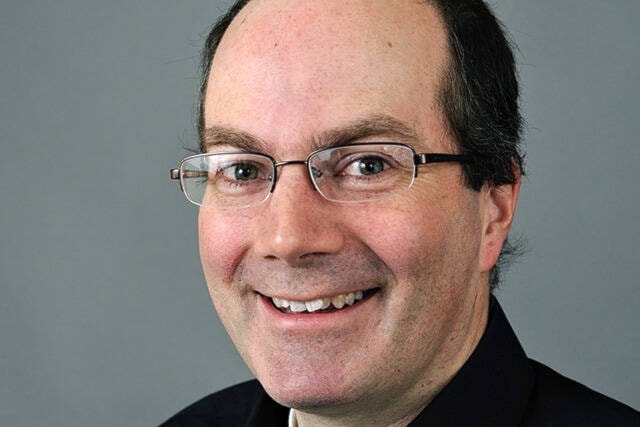It’s not really news since it was so widely expected, but the bids for the new Whitehorse City Hall complex came in massively over budget.
A city press release said “all bids received were significantly over budget, by at least nearly $10 million.”
Remarkably, just the cost overrun is now larger than the original $9.7 million penciled in for the city hall renovation project back in 2014. Since then, more bells and whistles have been added to the building and a massive inflationary construction boom has occurred.
Bids ranged up to $39 million just for construction. And that’s before other expenses and the inevitable next round of cost overruns once construction starts and people start making long lists of change orders and finding archeological treasures on the site.
Here in Transfer Payment City, a sum like $10 million is hardly worth the attention of an upwardly mobile deputy minister. But to put it in context, it would take 400 Whitehorse families paying $2,500 a year in property taxes for a decade to generate that much money.
The big question is what our leaders will do now.
The most obvious rescue option is to ask the feds for more cash out of the When-Your-Billion-Dollar-Transfer-Payment-Is-Not-Enough fund.
The problem with this approach is that it uses up our lobbying points in Ottawa. The politicos who spread the cash around the nation are careful to spread it widely so that no one in the Canadian family feels left out. If the Yukon gets a second turn at the trough, it lowers the chance some other Yukon project will get the nod in Ottawa.
This isn’t really a problem for city council, since no one will ever know which Yukon project application didn’t get approved because some federal official behind closed doors in Ottawa said “didn’t we just give the City of Whitehorse a top up for that big new city hall building?”
But it will be unfortunate for those unknown Yukoners and their worthy project.
Rescue Option 2 is to ask the territorial government. However, they won’t be keen to be left holding the cost overrun bag if the feds aren’t ponying up more tax money too. Plus what politician wants to go into the next territorial election with a bullet on their brochure saying “I enabled cost overruns on the massively unpopular city hall project!”
Rescue Option 3 is to take the money out of the city’s reserves. Steadily rising tax revenue over the years has left the city with large reserves. The problem with this approach is that the reserves are, well, in reserve for other important stuff like sewer repairs. So if they divert the reserves to cover the latest and future cost overruns, then taxes will need to rise at some point in the future to pay for the important stuff.
Again, this might not be a problem for the current city council. Some future city council will have to break the news to residents that the reserves need to be refilled. This would spread the pain over many property taxpayers in the future, which avoids too much blowback from today’s stressed property taxpayers and their renters.
Last week I wrote about the Metaverse, a mind-bending parallel virtual universe.
What would a parallel universe look like where a city’s leaders cared as deeply about the housing crisis, climate crisis and opioid crisis as they did about a new facility for city headquarters?
How about a city hall building where the city council gave itself permission to build a taller building with economies of scale that would enable cost and heat savings. Picture six storeys instead of the planned two. Floors 2 and 3 would be for city council and senior managers. The top three floors would be supportive and affordable housing units located within climate-friendly walking distance of downtown jobs and daycares. The bottom floor would be a safe injection site paired with a walk-in health clinic and social-service hub catering to at-risk groups.
Parallel universe politicians would relinquish control over building the facility, and instead put it out to tender for experienced and cost-conscious First Nations and other property developers to build, own and operate.
This would make so many citizens happy. The residents of the supportive housing and the users of the health and social hub would have easy access to important services in the centre of their community. Carbon emissions per square metre would be lower. First Nations development corporations and other investors would have a rent-paying local asset. The city’s leaders would be happy to have the opportunity to stay in touch with citizens every day, especially the ones most in need of quality public services.
Alas, this idea is even more laughably improbable than creating a purple-skinned avatar for yourself and selling virtual real estate in the Metaverse.
Instead, we can expect Whitehorse citizens to sigh and think of their property tax bills as our civic leaders scramble to do all three of the above rescue options at once.
Whitehorse business owners and homeowners can’t control what city council does. But they can prepare for the consequences, such as the city bidding up already-high construction costs in the near term and raising property taxes in the future. Among other things, this probably means delaying some private-sector investments and raising the rent on tenants.
Keith Halliday is a Yukon economist, author of the Aurore of the Yukon youth adventure novels and co-host of the Klondike Gold Rush History podcast. He is a Ma Murray award-winner for best columnist.
